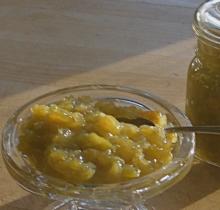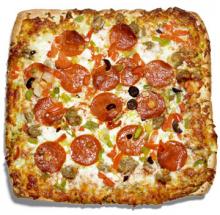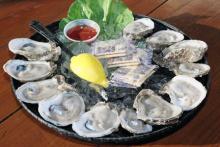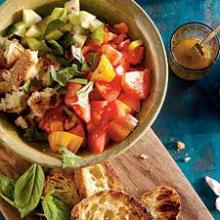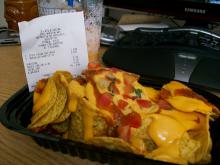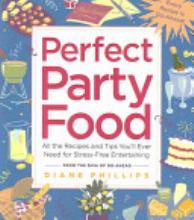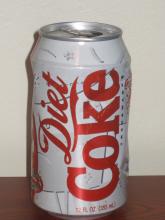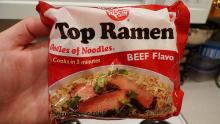Weekend Dinner Party: Vegan Menu
Cooking for those who consume neither meat nor dairy can be a challenge, but it's far from impossible to produce a gourmet menu under these restrictions. Vegan cuisine has the benefit of relying on flavorful produce and a number of culinary categories that tend to get neglected in traditional cooking. The following dinner party menu is designed with such a diet in mind and it's just as delicious and creative as a menu based around foods sourced from animals. Get your veggie teeth primed and dig in.
Amuse Bouche- Lime Chutney and Fried Tofu in Puffed Rice Carnations
Tofu gets a bad rap, but it's actually rather remarkable as a flavor-absorbing medium. Lightly fried cubes of soft tofu paired with the zesty kick of lime chutney makes for a stunning but bright opener served in an airy cup of puffed rice to act as fun finger food.
Salad- Chilled Snow Peas on a Bed of Lemongrass and Fresh Artichoke Heart with Sesame Dressing
There's nothing like the crunch of a good snow pea pod and it plays well with the subtle citrus flavor of cool lemongrass. The artichoke heart base provides a soft, buttery body to balance the relatively light bouquet as the sesame dressing sweetens the ensemble while tying everything together with an amiable smokiness.
Main- Roasted Red Peppers Stuffed with Bamboo Shoots, Chickpeas and Pine Nuts in Red Curry Sauce
Stuffed peppers are an excellent way to contain a bounty of fresh ingredients while simultaneously infusing the entire dish with one, prominent flavor. This dish's filling rests in more subtle notes with a heavier body to make it a filling main, while the red curry drizzle provides a spicy kick that keeps the mealy middle from turning the dish bland. This is a creation of incredible balance and pleasant weight.
Pairing- Cucumber Mint Cocktail
A simple mix of fresh spearmint and cucumber muddled in a pinch of sea salt, lightly stirred in a glass of chilled vodka. This cocktail is refreshing, easy to make and its flavors won't dominate the meal but they will work wonderfully with the fresh flavors featured throughout.
Dessert- Crushed Hazelnuts in Creme de Violette with Rose-Accented Vegan Custard
This floral dessert makes use of the wholly under-appreciated flavor of flowers. The gently crushed hazelnut base rests in a shallow pool of Creme de Violette, a violet liqueur that complements the natural sweetness of the nut. Serving as the foundation to the more rich topping, it creates a more powerful flavor for the subtle custard accented with tears of rose water. This is a pleasant, unexpected way to end a dinner of vegan delights.
